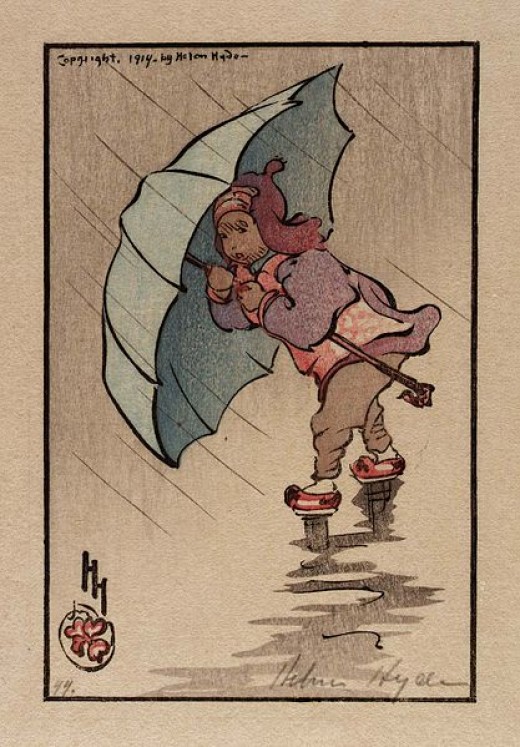 A Monday with a Monday’s weather — heavy rain and wind here this morning on California’s north coast, supposedly continuing in similar fashion on-and-off until tomorrow.
A Monday with a Monday’s weather — heavy rain and wind here this morning on California’s north coast, supposedly continuing in similar fashion on-and-off until tomorrow.
Rain didn’t get too dense until well after daybreak — according to the NWS, we could get maybe an inch today, and then drizzle-off into dry by Tuesday evening.
Some decent rain/snow storms this season under the heady influence of the strongest El Niño ever, but drought be drought…
In turn, and also this morning, a most-interesting factoid piece from Dr. Jeff Masters at WunderBlog on drought’s effect on nations, or even entire ‘civilizations.’
Our own and only current-day example has continuing far-reaching effect: ‘The drought brought Syria’s most severe set of crop failures in recorded history, which forced millions of people to migrate from rural areas into cities, where conflict erupted.’
(Illustration: ‘The Blue Umbrella 1914,’ by Helen Hyde, found here).
Considering the situation, ‘conflict,’ would be a way-understatement. Although Californians aren’t embroiled in a vicious, garish-nightmare bloodbath (yet), our own drought, though, will soon require some required migration.
Last week, the U.S. Drought Monitor report showed some improvement, but not much in the long-range viewpoint.
Via Capital Public Radio:
In California, 99 percent remains abnormally dry, no change from the previous week.
But moderate drought was reduced from 97 to 93 percent, and severe drought, 83 percent last week, is now at 73 percent, a 10 percent improvement.
Other levels of drought were also reduced: Extreme drought covers 56 percent of California and exceptional drought is now at 34 percent.
…
“While it improved mountain snowpack and reservoir levels, significant precipitation deficits remained across California from the state’s 4 to 5 year drought,” the update notes.
Still some work to be done. In that report, Humboldt County appeared unaffected, and remained “abnormally dry,” though, we have been okay in holding our water.
Speaking of which — tomorrow is “World Water Day 2016,” a UN-sponsored view at the water situation, beyond our own overly-long hot showers (vie Reuters):
The average American uses 80-100 gallons of water a day, 10 times more water than the average person in a rural community in sub-Saharan Africa.
A one-minute shower with a conventional showerhead uses more water (at least 5 gallons) than most people in sub-Saharan Africa use in an entire day for basic drinking and hygiene purposes (average: 2-5 gallons).
According to the World Health Organization (WHO), 5 gallons of water is sufficient for very basic drinking, cooking, and hand washing needs in a developing country, but other common tasks that require larger volumes of water such as bathing or laundry are difficult to achieve with only 5 gallons.
And outside, a lot of water…